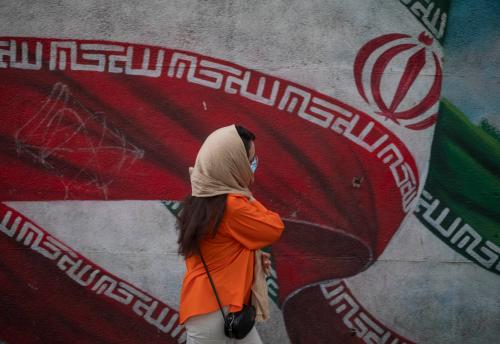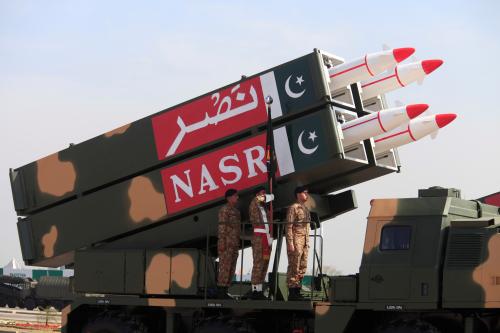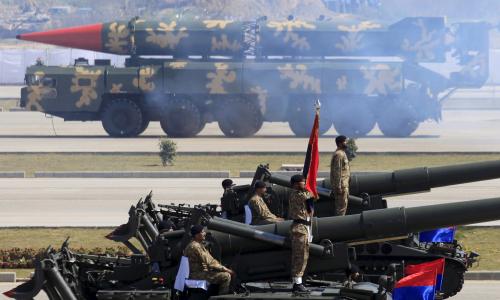INTRODUCTION
On taking office, U.S. President Barack Obama will face a series of critical, complex, and interrelated challenges in the Middle East demanding urgent attention: an Iraq experiencing a fragile lull in violence that is nonetheless straining the U.S. military, an Iran approaching the nuclear threshold, a faltering Israeli-Palestinian peace process, weak governments in Lebanon and the Palestinian territories challenged by strong militant Islamist groups, and a U.S. position weakened by years of failure and drift. He will also discover that time is working against him.
For six years, U.S. policy in the Middle East has been dominated by Iraq. This need not, and should not, continue. The Obama administration will be able to gradually reduce the number of U.S. troops in Iraq, limit their combat role, and increasingly shift responsibility to Iraqi forces. The drawdown will have to be executed carefully and deliberately, however, so as not to risk undoing recent progress.
The improved situation in Iraq will allow the new administration to shift its focus to Iran, where the clock is ticking on a dangerous and destabilizing nuclear program. Obama should offer direct official engagement with the Iranian government, without preconditions, along with other incentives in an attempt to turn Tehran away from developing the capacity to rapidly produce substantial amounts of nuclear-weapons-grade fuel. At the same time, he should lay the groundwork for an international effort to impose harsher sanctions on Iran if it proves unwilling to change course.
Preventive military action against Iran by either the United States or Israel is an unattractive option, given its risks and costs. But it needs to be examined carefully as a last-ditch alternative to the dangers of living with an Iranian bomb. To increase Israel’s tolerance for extended diplomatic engagement, the U.S. government should bolster Israel’s deterrent capabilities by providing an enhanced anti-ballistic-missile defense capability and a nuclear guarantee.
The U.S. president should also spend capital trying to promote peace agreements between Israel and its Arab neighbors, in particular Syria. Damascus is currently allied with Tehran, and an Israeli-Syrian deal would weaken Iran’s regional influence, reduce external support for Hamas and Hezbollah, and improve the prospects for stability in Lebanon. On the Israeli-Palestinian front, there is an urgent need for a diplomatic effort to achieve a two-state solution while it is still feasible. Although divisions on both sides and the questionable ability of the Palestinian Authority (PA) to control any newly acquired territory make a sustainable peace agreement unlikely for the moment, these factors argue not for abandoning the issue but rather for devoting substantial time and effort now to creating the conditions that would help diplomacy succeed later. What all these initiatives have in common is a renewed emphasis on diplomacy as a tool of U.S. national security policy, since the United States can no longer achieve its objectives without the backing of its regional allies as well as China, Europe, and Russia.
Some might argue that these efforts are not worth it, that the Bush administration paid too much attention to and invested too much American blood and treasure in an ill-advised attempt to transform the Middle East and that the Obama administration should focus its attention at home or elsewhere abroad. But such arguments underestimate the Middle East’s ability to force itself onto the U.S. president’s agenda regardless of other plans. Put simply, what happens in the Middle East will not stay in the Middle East. From terrorism to nuclear proliferation to energy security, managing contemporary global challenges requires managing the Middle East.
The Brookings Institution is committed to quality, independence, and impact.
We are supported by a diverse array of funders. In line with our values and policies, each Brookings publication represents the sole views of its author(s).



Commentary
Beyond Iraq: A New U.S. Strategy for the Middle East
December 11, 2008